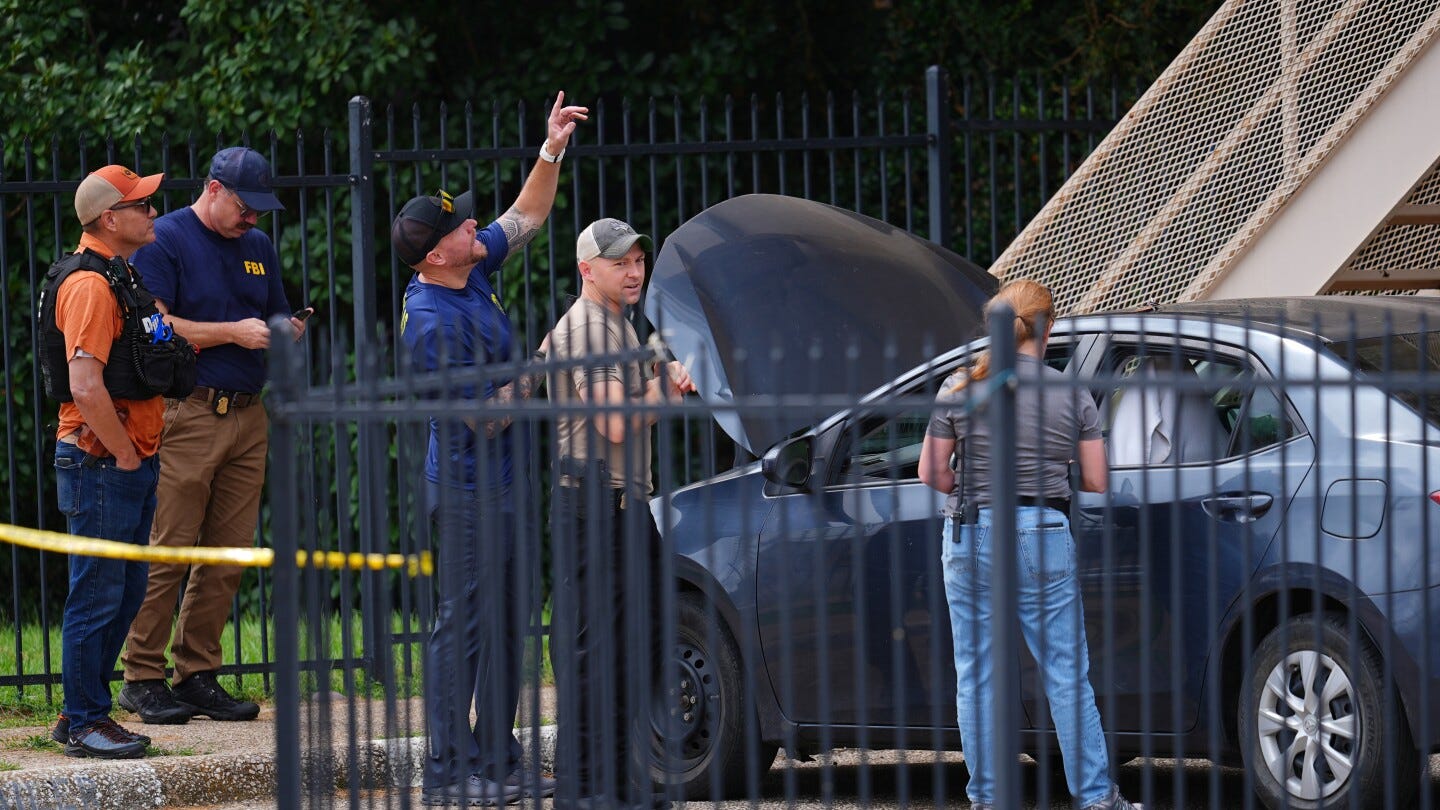The Silent War: Why Your Sense of Security is an Illusion?
We often feel safe behind walls and visible defenses, but the tragic Dallas ICE shooting reveals a deeper truth: our security paradigm is fundamentally flawed. Let’s unpack why focusing on the seen can leave us blind to the most dangerous, unseen threats.
The Unsettling Truth Behind Our Walls
I recently read about the shooting at the Dallas ICE facility, where a gunman attacked from a rooftop, hitting exposed areas like detainee loading zones. My first thought was, ‘How could a secure government facility be so vulnerable?’ But then I realized this isn’t an isolated incident; it’s a profound symptom of how we often misunderstand security. We build strong walls, add cameras, and hire guards, creating what feels like an impenetrable fortress. Yet, these visible defenses can often blind us to the invisible gaps—the systemic vulnerabilities that truly matter.
Think about it: when we focus only on what’s immediately in front of us, we often miss the bigger picture. This incident, while tragic, serves as a powerful reminder that relying solely on visible security measures can give us a false sense of safety. It’s like patching a leaky roof while the foundation is crumbling. We need to look deeper than the surface.
The Cycle of Reactive Defense
Our typical response to a security breach is to ‘tighten security’—add more of the same, just harder. If someone climbs a wall, we make the wall higher. If a door is breached, we reinforce the door. This reactive approach, while seemingly logical, locks us into a dangerous cycle. We’re always playing catch-up, always defending against yesterday’s attack, rather than anticipating tomorrow’s.
Security is not a product, but a process. It’s a continuous, evolving effort to stay ahead of the curve.
– Bruce Schneier
As former ICE director John Torres noted, facilities like Dallas had ‘exposed detainee loading areas.’ These aren’t hidden secrets; they’re known vulnerabilities that often get overlooked in the push to secure the ‘main’ parts of a building. The problem is, an adversary doesn’t care about our ‘main’ parts; they care about the weakest link. This constant cycle of reactive hardening means we’re often designing security systems that are brilliant at solving the last problem, not the next one. It’s a fundamental flaw in how we approach safety, both at an institutional level and often, in our personal lives.
Go Deeper
Step beyond the surface. Unlock The Third Citizen’s full library of deep guides and frameworks — now with 10% off the annual plan for new members.
Beyond the Walls: Cultivating True Resilience
So, what’s the alternative? We need to move beyond a static ‘fortress mentality’ and cultivate true resilience. This means looking beyond the immediate perimeter and understanding the entire ecosystem of threats and vulnerabilities. It’s about proactive thinking, intelligence gathering, and adapting faster than those who seek to exploit weaknesses. Homeland Security Secretary Kristi Noem’s directive for tightened security is a good start, but it needs to go deeper than just visible fortifications.
The only way to achieve security is to understand the nature of the threat, and the nature of the threat is constantly changing.
– General Michael Hayden
For us, this means questioning our own assumptions about safety. Where do you feel secure, but might actually be overlooking critical vulnerabilities? Is it your digital life? Your financial planning? Your health? True resilience isn’t about building an impregnable shield; it’s about developing the capacity to anticipate, adapt, and recover from challenges. It’s about shifting from a mindset of ‘fixed security’ to one of ‘dynamic defense’, constantly learning and evolving.



